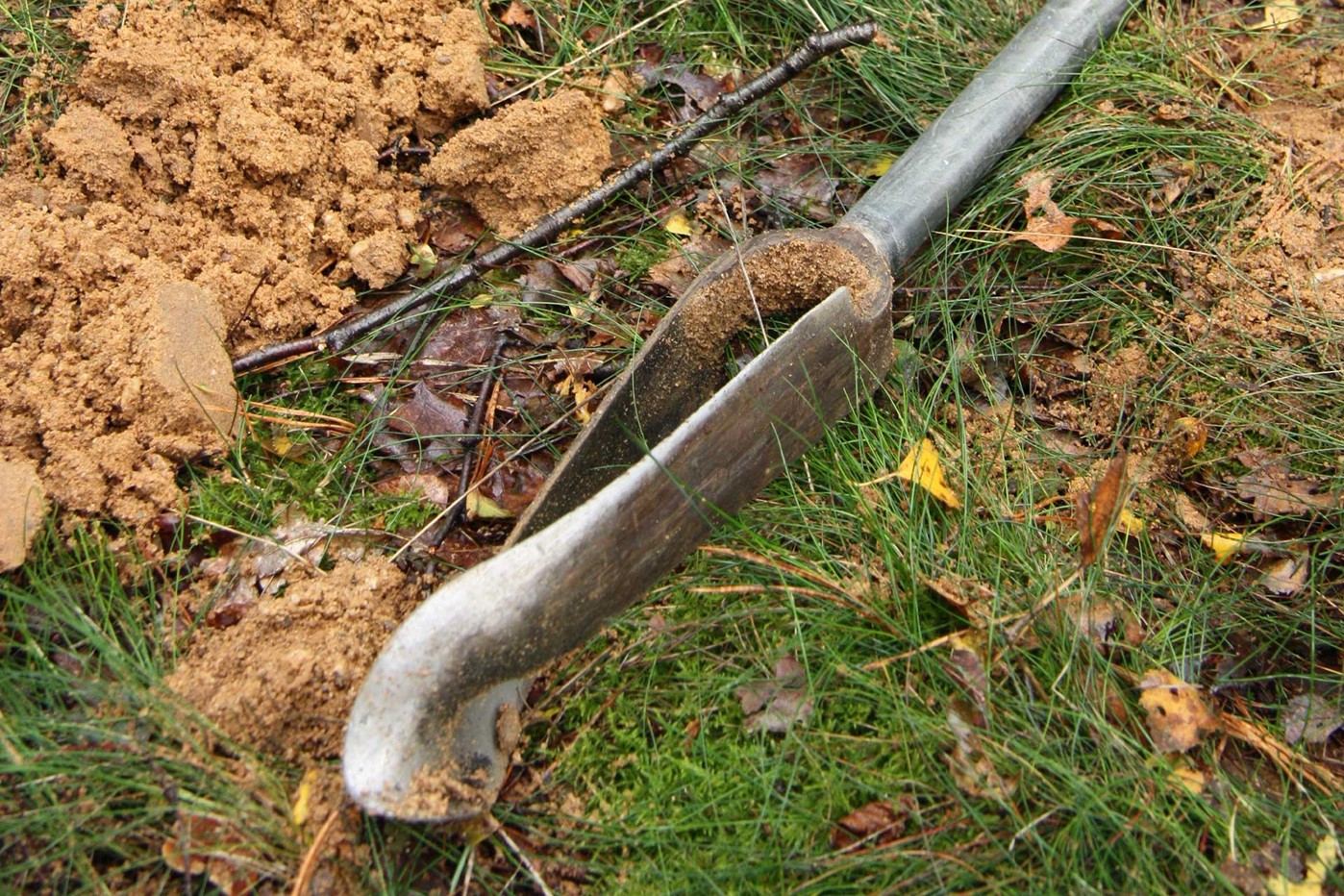The Royal Eijkelkamp Edelman auger is used all over the world for soil sampling, traditional soil mapping and soil research. But how did this hand auger get its name? To find out we have to travel back in time, to when the first activities for soil mapping took place in the Netherlands.

The Edelman auger is named after Professor C.H. Edelman, professor at the former agricultural college in Wageningen. But Professor Edelman is not the inventor of the hand auger. The story begins during World War II, when students and teachers of Dutch universities were given the choice between forced labour in Germany or a declaration of loyalty to the occupying forces. For many, a third option was more attractive: going into hiding.
A group of students and teachers, mainly from Wageningen, ended up in the Bommelerwaard; a rural area in the south of The Netherlands. Among them was well-known soil scientist Professor Kees Edelman. They dressed up as farmhands and continued their activities: studying and mapping the soil, using a shovel as their main tool. This was fine for the top layer of the soil, but they needed more to study the deeper layers. Several augers were tried, but none were optimal. Developing their own optimal hand auger, both easy to rotate and empty and capable of producing a relatively undisturbed soil sample, became a challenge.
Mr. Egberts, another member of the group, decided to commit to the challenge and in 1948 he had perfected his design. The next step was to find a blacksmith to make it. Jan Eijkelkamp, second-generation owner of the village blacksmith shop Eijkelkamp, met the challenge and was able to forge the auger to the specifications. Fun fact: the auger had to be a maximum of 1.20 meters (4 feet) long, so that it would fit in the trunk of a Volkswagen Beetle. The prototype of the instrument was approved, and a larger order soon followed for the new Edelman hand auger, named after the professor who continued soil mapping during the war.
This proved to be a pivotal moment for blacksmith shop H.J. Eijkelkamp, established in 1911 and at the time still based in Lathum. Forging hand augers became a priority, and as the years progressed, the range was expanded to include instruments for soil sampling and research, eventually also for water. And now, almost a century later, the Edelman auger is still forged by hand every day.
Every Edelman hand auger starts out as a metal plate, onto which the logo is first stamped. With the help of a mold the plate is given a round shape. Then the real work begins: through forging and welding the auger head gets its iconic shape and is made into a long-lasting, strong, quality product.
Watch the video to see the whole process!
Sources: